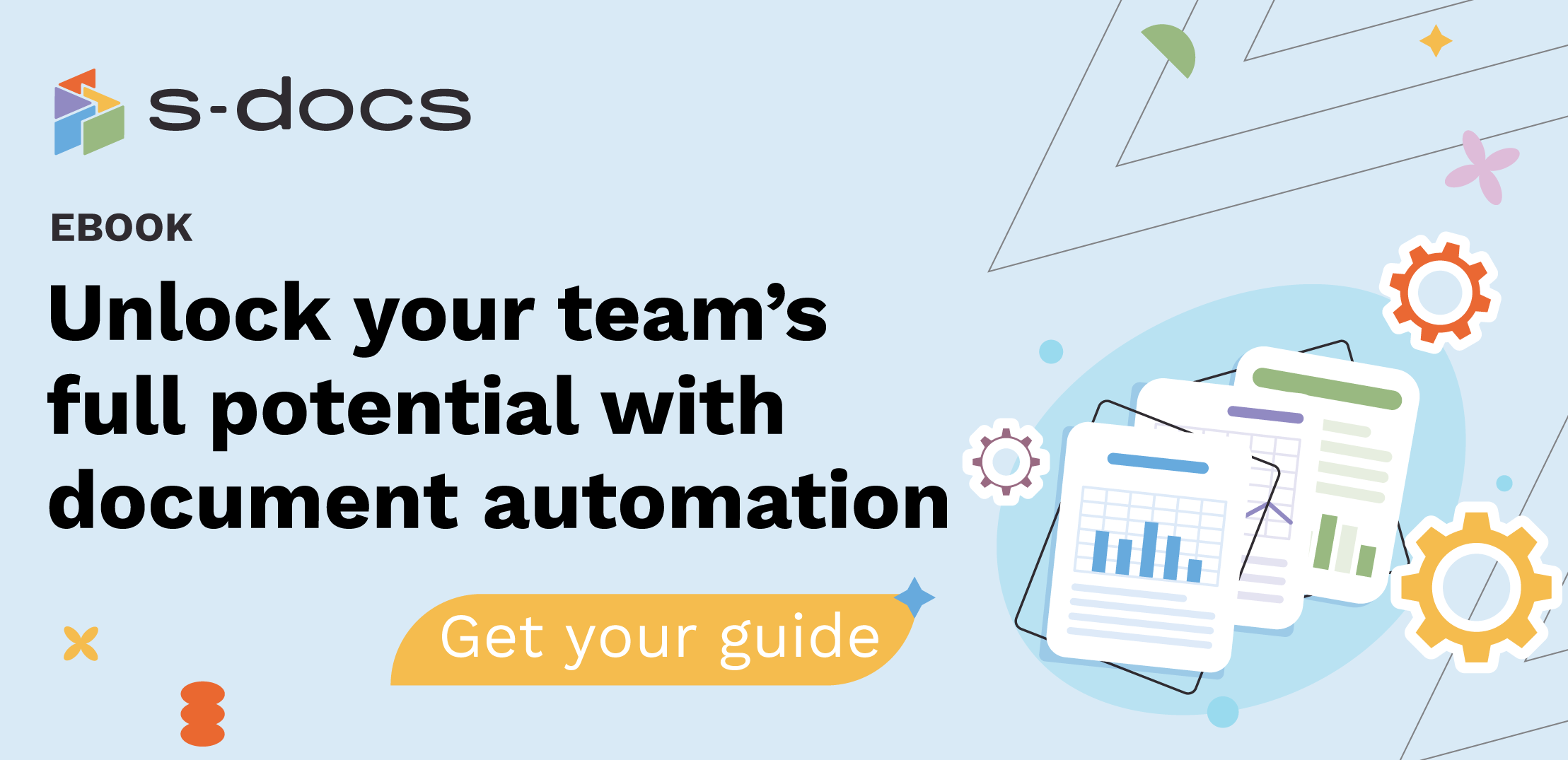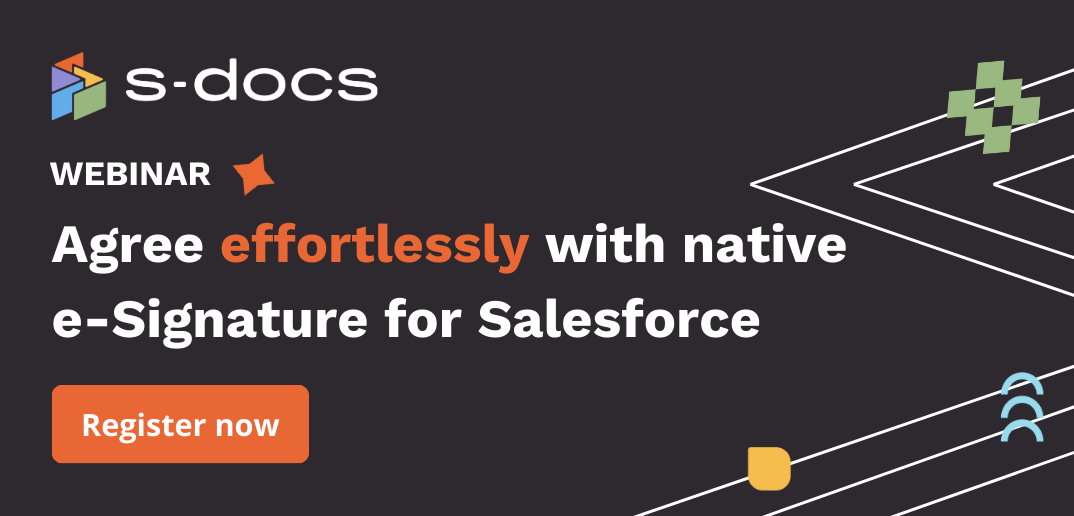With over 5,000 solutions available and more than 7.5 million downloads (and counting!), the Salesforce AppExchange has come a long way since its launch in 2005. Recent findings have shown that the Salesforce partner ecosystem now earns $5.80 for every dollar that Salesforce makes, meaning that the AppExchange has created a thriving community in the last 15 years that is on track to generate $1.2 trillion in new business revenue and 4.2 million new jobs by 2024.
Let’s take a look at the origins of the world’s largest business application marketplace, how far it's come, and what that means for Salesforce users and admins trying to navigate this diverse market and get the most out of their AppExchange experience.
The Birth of the AppExchange
As many people within the Salesforce ecosystem know, Salesforce was co-founded in 1999 by Marc Benioff, Parker Harris, Frank Dominguez, and Dave Moellenhoff inside a one bedroom apartment in San Francisco. The revolutionary cloud-based CRM got off the ground immediately; the team outgrew their first office by November 2000, and held the first Dreamforce conference in 2003.
Although Salesforce’s initial success was due to the dedication of its founding team, the AppExchange’s inception came from someone who wasn’t involved with Salesforce at all: Apple co-founder Steve Jobs. Marc Benioff approached Jobs in the early 2000s after getting stuck while working on Salesforce, and he received three pieces of advice: ensure that Salesforce grows tenfold in the next two years, sign on a massive client, and build an application economy.
During Dreamforce 2005, the Salesforce team made Jobs’s advice into a reality when they introduced the AppExchange, a place where Salesforce partners could list their own business applications to extend or enhance the functionality of Salesforce for the first time, as well as allow it to interoperate with other systems. Since then, the AppExchange has grown to feature additional services like lightning components, bolt solutions, and consulting partners, and has evolved into the world’s leading enterprise cloud solution marketplace.
As a thank-you to Steve Jobs for the piece of advice that changed Salesforce forever, Marc Benioff gifted the trademark for “App Store” (which he had been considering using for the AppExchange) and the appstore.com domain to Apple when they launched the App Store in 2008.
How the AppExchange Works
The Salesforce AppExchange has grown considerably since it was introduced, now housing a wide array of business solutions to improve the Salesforce experience that includes much more than just applications. While this means that businesses can now use the AppExchange to solve just about any problem that they encounter, it also means that finding the perfect match is becoming more complex as new apps and other solutions are added every day. Here’s a breakdown of exactly what the AppExchange offers.
Apps, obviously enough, comprise the core structure of the AppExchange. These are solutions that are built to solve business problems in conjunction with Salesforce, made by partners and Salesforce employees (known as Salesforce Labs). Apps can be native or non-native to Salesforce, meaning that they can be built on the Salesforce platform or hosted on other platforms and require integrations.
Components are like ingredients that can be combined together to create your own apps and pages in Salesforce Lightning App Builder. They contain pre-written code, meaning you can build your own solutions by dragging and dropping components rather than writing code yourself.
Bolt Solutions are templates for Salesforce Communities that allow you to deploy your community faster and more efficiently.
Lightning Data are integrated data solutions that use advanced matching algorithms and machine learning to simplify the process of delivering data insights from secure third-party sources.
Flow Solutions are like the building blocks of automation with Salesforce Process Builder and Flow, allowing you to automate business processes faster without starting from scratch. According to the AppExchange, flow solutions are essentially pre-built business processes.
Consultants are also available on the AppExchange. All consultants listed are authorized by Salesforce to deliver strategic guidance and technical expertise to help you customize your Salesforce experience and obtain as much value as you can. Salesforce ranks each consultant that it approves by expertise, ranging from “registered” to “global strategic.”
Though there are lots of different options to choose from, the AppExchange lets you apply a range of filter criteria to help pinpoint the perfect solution; you can filter by solution type, price, compatible Salesforce edition, customer ratings, and languages. You can also view product collections, which lets you see apps made for specific Salesforce products, or industry-specific collections, which lets you see apps developed for 12 specific industries.
You Might Also Like: 5 Best Salesforce Apps You Should Install Now
2009: The Year That Changed Everything
For a few years after the AppExchange’s introduction, independent software vendors (ISVs) populated it with a variety of helpful, first-generation solutions for Salesforce customers. These early solutions all had one thing in common: they were built and hosted on external clouds and servers, and interfaced to Salesforce through APIs. As time went on, these applications continued to develop and lay the foundation for their future on other clouds, while in the background, Salesforce was working on something groundbreaking: the Force.com platform as a service (PaaS), which is now known as the Lightning Platform.
When this platform became available in 2009, a large number of developers began jumping at the opportunity to create custom applications entirely within the Salesforce cloud, because this meant faster development and deployment at a reduced cost. By contrast, most solutions that were released before the introduction of Force.com continued developing on external clouds, since their applications had already been established there.
You Might Also Like: Can A Native App Help Overcome A Tedious Software Approval Process?
Why Native Salesforce Apps are Game-changers
As new developers started entering the playing field and creating applications using the lightning platform, it quickly became evident that these new applications, which are now known as native Salesforce applications, came with numerous advantages that non-native applications simply couldn’t bring to the table. A few advantages of being 100% native to Salesforce include:
- Enhanced Security -- Since native apps don’t require third-party integrations, all of your data remains within the already-trusted Salesforce platform. Native application vendors never see your data, either: you have total control over all of your sensitive information.
- Faster Implementation -- Native Salesforce apps are designed to work specifically with Salesforce and only Salesforce, meaning that they are much faster and easier to set up. And because they are already compliant with the data security regulations that Salesforce meets, IT departments can approve them much faster than non-native applications, whose third-party integrations must be carefully reviewed.
- Easier to Use -- Like we said before, native apps are purpose-built for Salesforce, and no other platforms. This means that they mirror the look and feel of Salesforce, which your team is already comfortable with. This significantly reduces the time it takes for your users to learn how to use a native app, as well as increases adoption.
- More Reliable -- Native applications are hosted entirely on the Salesforce platform, meaning that they don’t depend on other clouds or servers for uptime and maintenance. If Salesforce is up and running, your native app will be up and running, too.
These are just a few of the benefits of using native Salesforce applications, but the list goes on. If you’re using Salesforce, choosing apps that are purpose-built for the platform is a no-brainer. Being native is such a big selling point that many solutions that aren’t actually 100% native will market themselves as such, which causes confusion when trying to evaluate which applications are actually built entirely on the Salesforce platform. Here’s the solution: look for apps with the “Native App” icon on their AppExchange listing. Salesforce will only list this icon for apps that are built 100% on the platform.
![]()
Start Choosing Secure Salesforce Solutions
Now that you know the breakdown of different solutions offered on the AppExchange and the benefits of native applications, you’re ready to start choosing the best apps available for your business needs.
S-Docs is the only 100% native document generation and e-signature solution available on the AppExchange today, meaning it’s the only solution that allows you to build sophisticated templates with business logic, merge in your Salesforce data, and route the completed documents for e-signature without ever leaving Salesforce.
If your business process involves creating and signing any type of document or email with Salesforce, S-Docs is the way to go. It’s one of the most secure solutions available, and because it’s native, it works with almost any Salesforce product -- Government Cloud, Health Cloud, Communities -- you name it. It also mirrors the look and feel of Salesforce (in both classic and lightning) so that learning how to use it is a breeze.
To learn more about the many different ways S-Docs can help your business, contact sales@sdocs.com. You can also request a demo on our website, or try it free today. We’ll be happy to hear from you!







